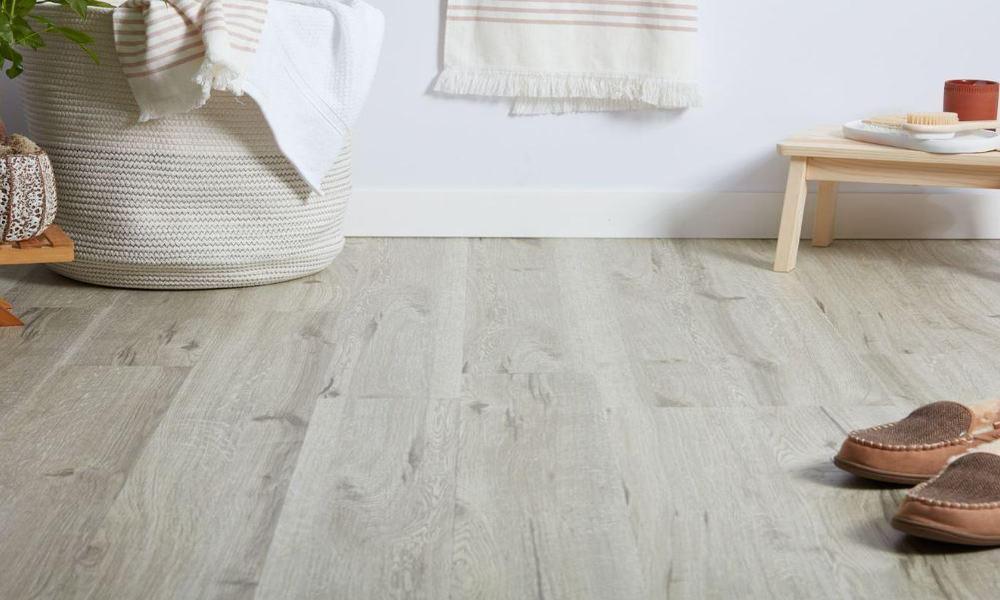
How to Improve At VINYL FLOORING In 60 Minutes
Gather the necessary tools and materials: To improve your vinyl flooring, you will need a vacuum cleaner, a broom, a mop, a bucket, a cleaning solution, and a microfiber cloth.
Clear the area: Remove any obstacles such as furniture and rugs, and sweep or vacuum the floor to remove any debris or dust.
Clean the flooring: Mix the cleaning solution with water in a bucket and mop the floor. Pay attention to any spots or stains that need extra cleaning.
Dry the floor: Use a microfiber cloth to dry the floor thoroughly. Any leftover moisture on the surface can damage the vinyl.
Apply floor polish: If your vinyl flooring has lost its shine, apply a vinyl floor polish according to the manufacturer’s instructions. This will give your floor a shiny finish and protect it from wear and tear.
Use floor protectors: Place floor protectors under furniture legs to prevent scratches and scuffs on the vinyl.
Here’s A Quick Way to Solve a Problem with VINYL FLOORING
Scratches: Small scratches can be fixed with a vinyl scratch repair kit, which typically includes a clear adhesive that fills in the scratch and dries to a hard finish. For deeper scratches, try using a heat gun to soften the vinyl and then gently push the edges of the scratch together.
Stains: Vinyl flooring is resistant to most stains, but if a stain does occur, try using a mixture of warm water and mild detergent to clean it up. For tougher stains, such as ink or permanent marker, try using rubbing alcohol or nail polish remover on a clean cloth. Be sure to rinse the area with water afterward.
Buckling or warping: Buckling or warping can occur if the vinyl flooring is exposed to excessive moisture or heat. In this case, the affected area will need to be replaced. To prevent this from happening in the future, be sure to keep the area dry and avoid exposing it to direct sunlight or heat sources.
Gaps between planks: If you notice gaps between the vinyl planks, it may be due to a subfloor that is not level or properly installed. In this case, the subfloor will need to be corrected before the vinyl flooring can be fixed. Once the subfloor is leveled, the gaps can be filled with a seam sealer or adhesive.
Why Most VINYL floorings Fail
Poor installation: Vinyl flooring requires a flat, even surface for installation. If the subfloor is not properly prepared, or the vinyl is not installed correctly, it can lead to problems down the line.
Moisture: Vinyl flooring is not designed to handle moisture or standing water. If the subfloor is not properly sealed or there is a leak, it can cause the vinyl to warp or lift.
Wear and tear: Vinyl flooring is not as durable as other types of flooring, such as hardwood or tile. Heavy foot traffic, dragging furniture, or sharp objects can cause scratches, dents, or tears in the vinyl.
Poor quality: Like any product, there are different grades of vinyl flooring. Cheaper vinyl flooring may not be as durable or long-lasting as higher-quality options.
Improper cleaning: Vinyl flooring should be cleaned regularly, but using harsh chemicals or abrasive tools can damage the surface of the vinyl.
